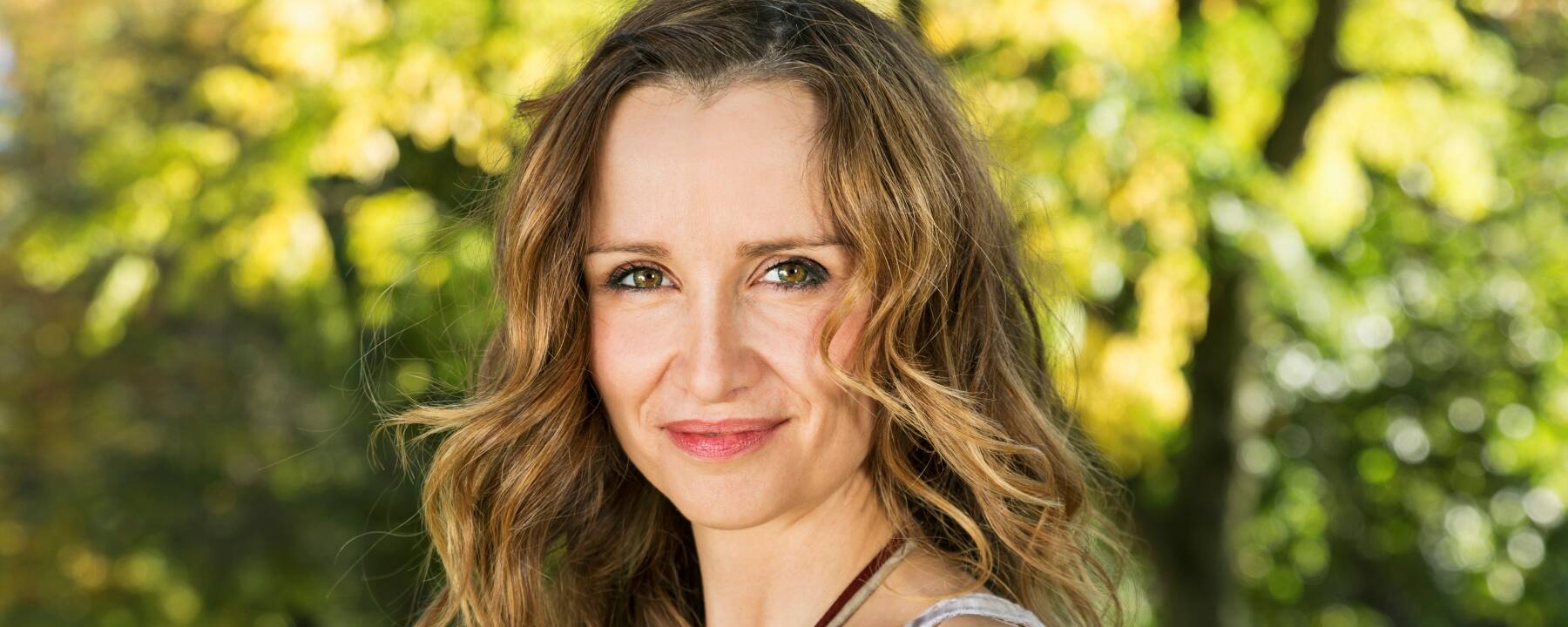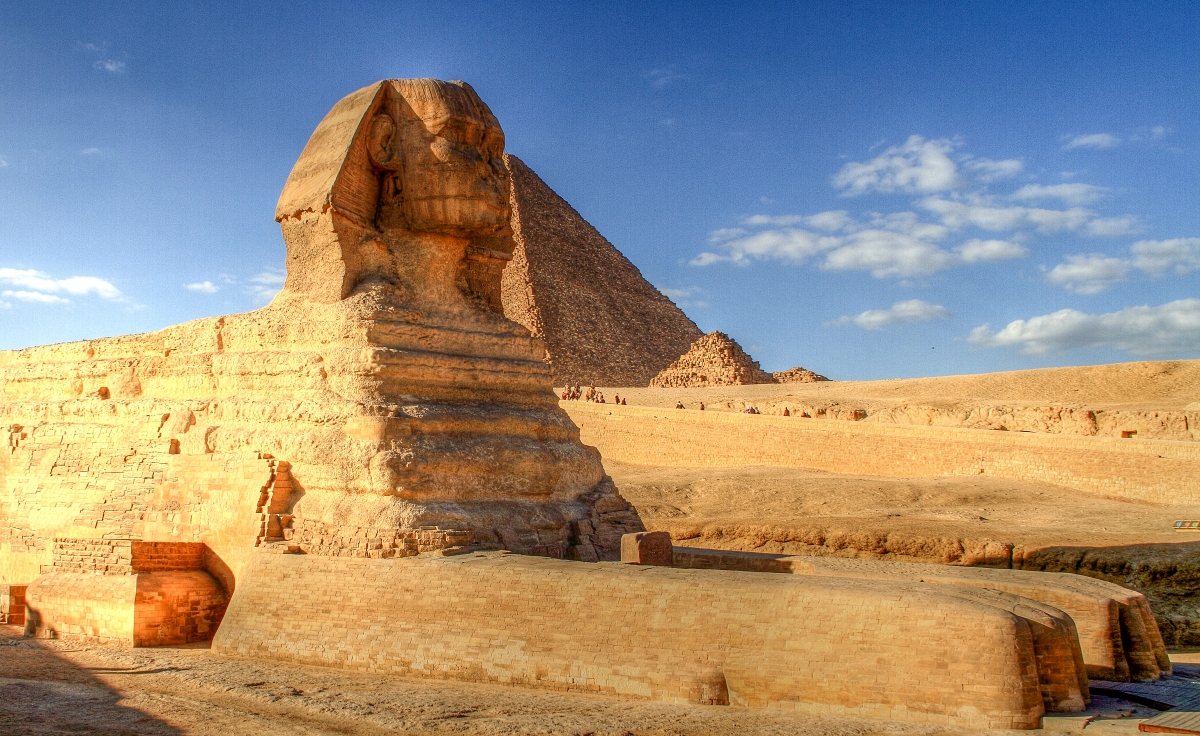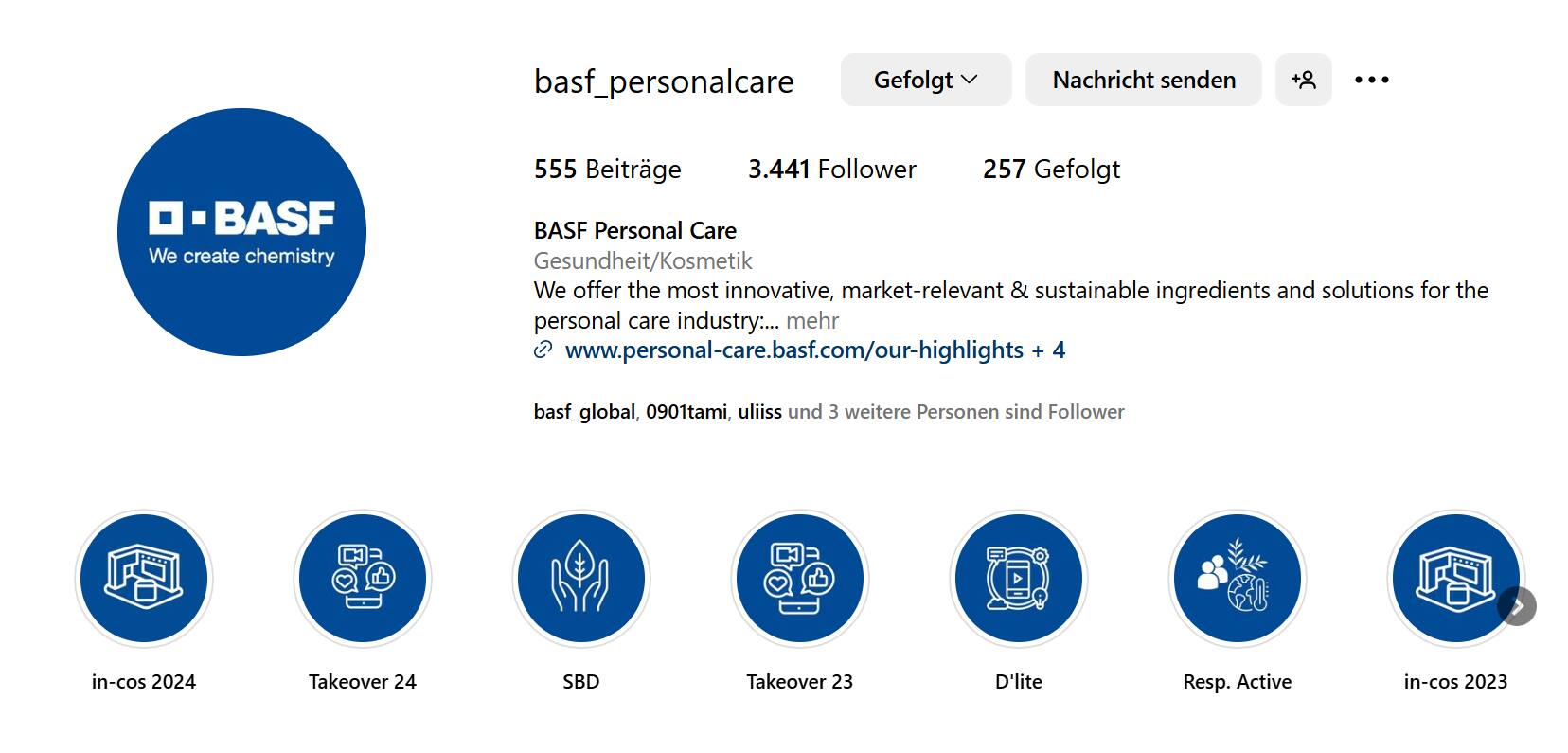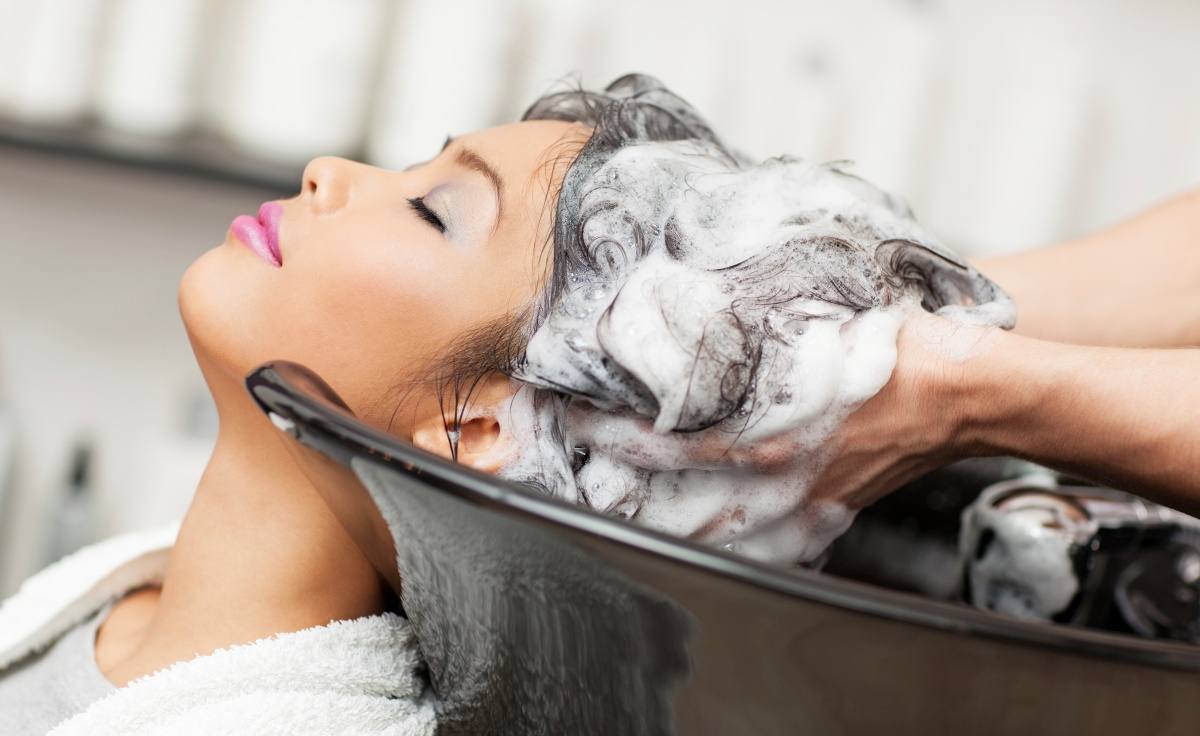
Hair Care & Co.
Color for your hair
Personal care products should not only work, but be enjoyable and give people a good feeling all round. Do whatever makes you feel good. There is no limit to the possibilities for changing your style. Hair dyeing is an option with an incredibly long tradition.
In the very long history of cosmetics, hair has always not only been about the right care, but also dyeing it and the style changes that come with this. Back in the day, the Romans were said to have bleached their hair with lime before dyeing it yellow with boxwood. In Northern Europe, ivy and elderberries were used to create warm brown tones. Henna was used thousands of years ago to dye hair orange to a reddish tone. Back then, plants were not only used as medicine and care products, but as a basis for dyeing the hair.
In actual fact, we don't have to do anything to influence our hair color. It is a gift from nature, bestowed upon us from birth. The presence of melanin in the hair is responsible for its color. As a pigment, melanin is behind the color of the skin, hair and eyes and it can protect against UV radiation. Our hair color comes from the varying levels of melanin in the keratinized cells. The level and composition varies greatly from person to person.
There are different types of melanin, two of which are responsible for the color of the skin, hair and eyes. Eumelanin exists in two variants: black and brown. Pheomelanin, which occurs in red-yellow variants, is responsible for the color of blonde and red hair as well as for the pigmentation of the lips, nipples and all pink areas of the body. Hair color is created by combining and distributing eumelanin and pheomelanin pigments. Black hair is the most common in the world. Red is the rarest.
Hair loses color with age
The loss of natural hair color is again caused by melanin, or more precisely, the loss of melanin. Over the years, the production of the pigment continues to decline and eventually ceases altogether. During this process, small air bubbles enter the new hair in the place of melanin. The result: white hair.
In another article, we looked at the – sometimes highly emotional – topic of gray hair. And gray hair is certainly one of the reasons why people color their hair. A look at the store shelves and the many different tints on offer strongly suggests that the topic of hair color is much more popular among women than men.
A long history of cosmetics
You might think that cosmetics were only invented in the last 100 years. Actually, they have been around almost just about as long as human beings have existed.
More informationOr perhaps we are being too biased here, guys? What are your experiences? Find us on Instagram and tell us what you think. Dyeing your hair – yes or no?
The desire for change does not always have to result from profound reflections. Sometimes a man or a woman might just fall in love with a look, adore an idol or maybe both. You can base your color around the seasons or clothing that is in style. Instead of chestnut brown, now you're blonde – a style change that marks a new beginning. Hairstyles and hair color not only have a major impact on our appearance, but they influence our well-being and can serve as a breath of fresh air.
New color, many possibilities
Now that you’ve decided to say goodbye to your natural hair color, you can choose whether the new tint should be there for the short term or the long haul.
- Tinting: Turning the hair a different color for a short period. When it comes to tints there are different intensities. This is based on the number of hair washes needed until the color disappears and the natural hair color returns.
- Dyeing / coloring: A permanent oxidative dye in the hair that needs to grow out. The dye won’t fade even with frequent washing. Larger selection of colors possible.
- Bleaching: Instead of adding dye to the hair, melanin is removed. First the dark pigments (eumelanin) disappear, followed by the red-gold pigments (pheomelanin). Be aware that if this process isn't carried out in full, your hair will look orange. Not a nice thought, but effective: Hair can be bleached blonde using pigeon droppings.
Hair color changed after swimming in a pool? It's a possibility for people with blonde hair. Copper ions that get into the water from pipes can become attached to blonde hair, leading it to develop an unpleasant green tint. Old copper pennies often looked greenish after years in circulation.
If you have opted for a permanent variant, this involves various ingredients that work together to trigger chemical reactions. For permanent coloration, you need a mixture of an oxidizer and brightener, as well as a dye paste. This combination of ingredients is applied to the hair and achieves the desired color over the course of several steps.
In order to dye hair for the long term, a.) the natural pigment must first be removed (as is the case with bleaching), and b.) the new pigment must be applied directly to the hair. The way it is commonly explained is that an alkaline chemical, usually ammonia, is used to open the cuticle layer of the hair so that "dye precursors" (small, yet colorless molecules) can penetrate the hair. A reaction with hydrogen peroxide then turns these small molecules into large color molecules in the hair; these molecules are unable to be removed, thereby permanently dyeing the hair. For the new color to be removed, the hair has to grow out. As we have mentioned here more than once, this concept of “unfolding cuticles” is not scientifically supported.
Ammonia plays an important role in the penetration and bleaching of natural color pigments. Since the smell of ammonia is unpleasant and pungent, there are now also ammonia-free hair dyes. By the way: Another typical (not to mention unpleasant) odor that you have likely encountered when dyeing your hair is sulfur, which is released by the peroxide.
Tinting “only” works on the outside
Unlike dyeing, tinting looks similar in the sense that your hair color changes, but it differs in how long it lasts and the way it works. With dyeing, the color is synthesized inside the hair for a long-term effect, as described above, whereas, a hair tint “only” applies the new, ready-made color molecules to the outside of the hair. What's more, you can only go from light to dark. A tint cannot lighten dark hair, as this requires the melanin pigment to be bleached.
The colorants involved in tinting, also known as “direct-acting pigments,” are water-soluble and are gradually removed when the hair is washed. They are also ready to use straight away and do not need to be mixed.
As neither hydrogen peroxide nor alkaline substances are used here, the structure of the hair is not affected. This variant is therefore much gentler on the hair. In contrast to dyeing, no roots are visible. After tinting, the color washes out and fades faster than new hair can grow back with the natural hair color.
If you are not quite sure about which color is right for you and you don't want to overdo it, seek advice from an expert. Your hairdresser will know which shade suits you – especially your skin. The right choice will make you look refreshed and fantastic. If you miss the mark and it looks bad, then hopefully you opted for a tint because it will disappear quicker and then you can try again. As is often the case: Even when coloring your hair, the proof of the pudding is in the eating. And the trial and error of it all can be quite fun indeed.
Taking care of your hair is very important even without dyeing it, which is why you should dedicate even more time to your hair after dyeing, tinting or bleaching. Your hair will thank you for it.
P.S. If you’re interested, dive into the world of hair and color psychology online. Which hair color is associated with which characteristics or expectations? It's an interesting topic and you may just find yourself in one of the descriptions.



